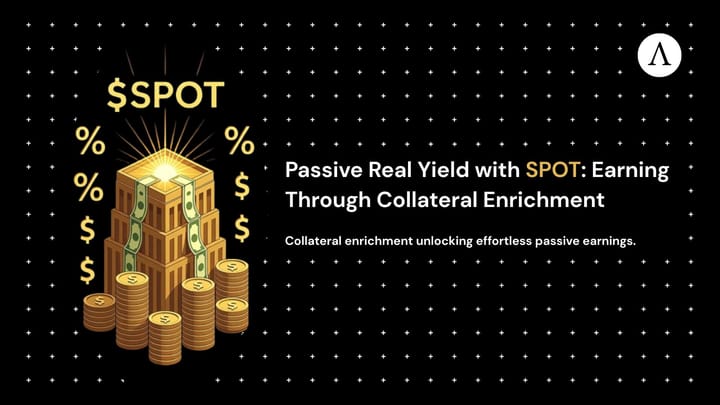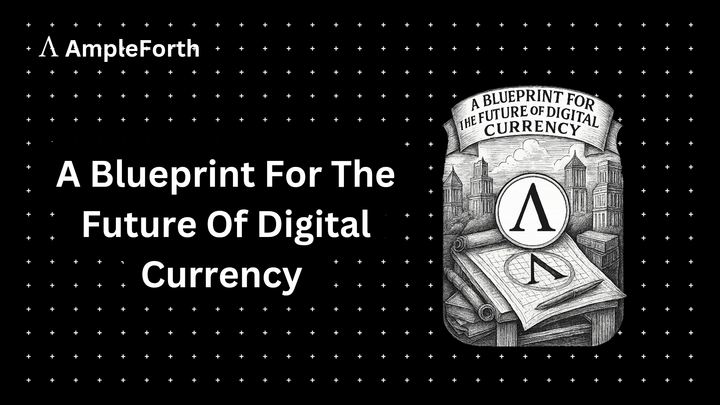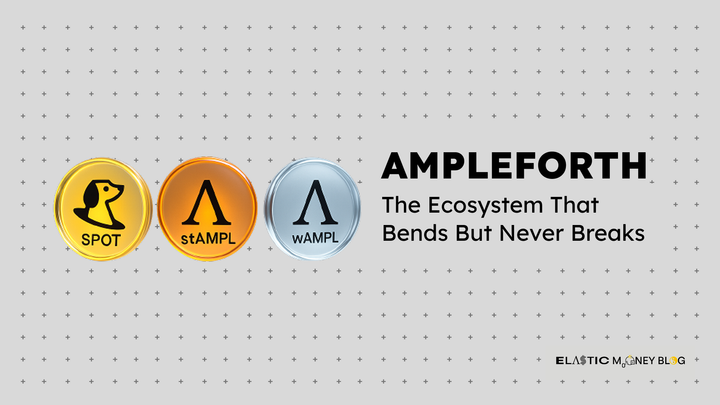What Could DAO Treasuries Accomplish with a Volatility-Bounded, Yield-Bearing Asset Class?
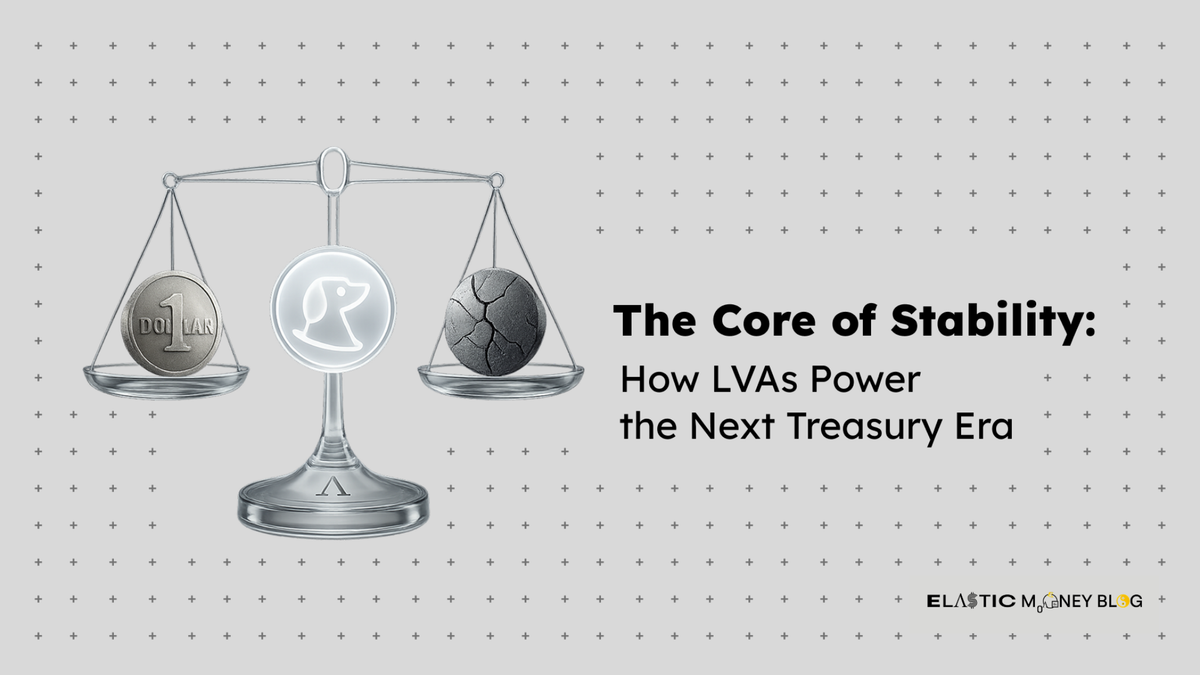
DAO treasuries face a difficult balancing act.
Generally speaking, DAO treasuries hold the ability to choose between two crypto asset classes: assets that feature high-volatility and those that feature (near) zero-volatility.
High-volatility assets (like ETH or governance tokens) are usually decentralized but have significant price changes, making them very unreliable for medium-term value storage. In contrast, zero-volatility assets (like USDC) hold stable value over the short term but are usually centrally controlled and lose real value to inflation over time.
Only being able to pick between two extremes forces treasuries into a “barbell” strategy: a mix of risky tokens for growth and stablecoins for stability. Carrying too much exposure to volatile assets risks major treasury value drawdowns, whereas holding a sizable portion of value in stables leads to long-term erosion of value (via inflation) and external censorship risks.
Of course, there is the option of careful, strategic treasury management where some form of balance is maintained. However, the rate of change in crypto is unlike any other market in the world, hence the extreme difficulty of crypto investment management in general.
What then is a more perfect solution?
A volatility-bounded, yield-bearing asset class would create a “Goldilocks” economic zone that strikes a desirable balance between value preservation and growth exposure.
Such an asset class is also no longer theoretical. Ampleforth successfully created the first such iteration through SPOT.
Termed low-volatility assets (LVAs) are a new class of decentralized, inflation-resistant assets that are engineered to maintain low price volatility.
LVAs are designed to provide a reliable stream of real-value growth without the extreme volatility of typical crypto assets. In other words, LVAs solve the barbell dilemma by minimizing medium-term downside by bounding volatility to economic incentives. Such economic incentives encourage activity that loosely ties the LVA to its fair-market value (FMV) over time.
So, LVAs allow treasuries to pursue vastly better risk-adjusted returns over time while maintaining the optionality and decentralization necessary for on-chain protocols. The following synopsis examines how incorporating LVAs like SPOT can redefine DAO treasury strategy and add significant stability to medium-term value storage that crypto severely lacks.
DAO Treasury Size: Context for Allocations
The scale of DAO treasuries varies quite a lot. As of 2025, there are over 25,000 DAOs managing a collective $20 billion+ in treasury assets. Many DAO treasuries are managing value in the low millions of dollars on average, though in practice treasury sizes range from small six-figure community funds up to giant protocols holding billions (i.e., Arbitrum, Optimism, Uniswap each hold $1-2 billion).
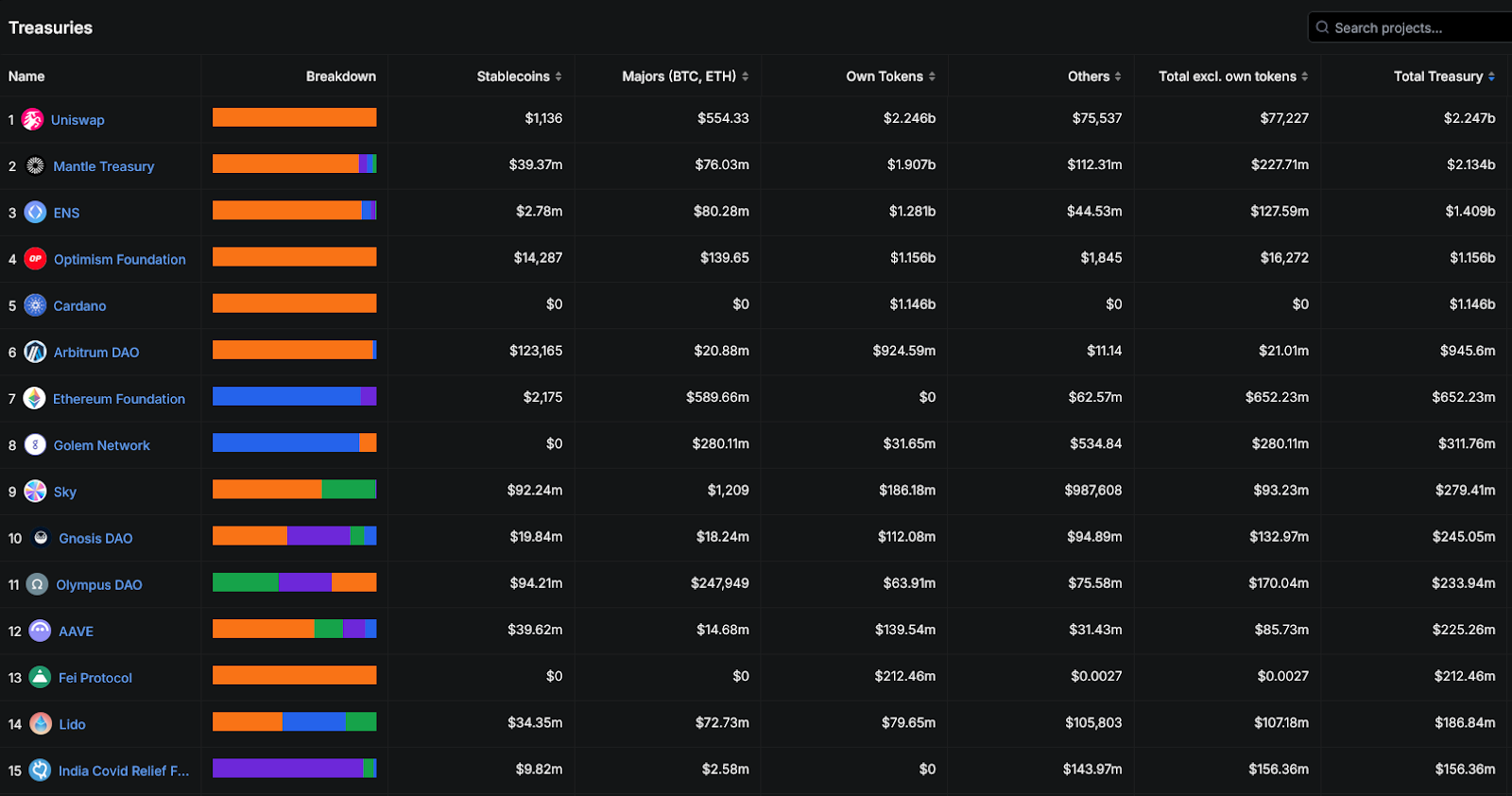
A more typical mid-sized DAO treasury might be on the order of $5-15 million. For example, a $10 million treasury is a realistic reference point for many active DAOs. Using this reference point, we can explore how a traditional DAO treasury vs what an LVA-based treasury allocation would like and perform over time.
The goal is to illustrate, with concrete numbers, how LVAs improve the risk/return profile and resilience of a treasury that is large enough to matter but still needs prudent management.
Portfolio Example: Traditional vs. LVA-Enhanced Allocation
Consider three portfolio strategies for a DAO treasury with $10M in value:
1. Traditional Conservative Portfolio: A traditional allocation aimed at minimizing volatility, keeping most funds in stablecoins for perceived safety. Obviously a safe option to extreme market vulnerabilities but misses long-term value capture.
- Composition: 80% in USD stablecoins (USDC), 20% in BTC/ETH.
- Expected Annual Return: ~3-5% (primarily from BTC/ETH appreciation).
- Volatility: Low (~15% portfolio volatility due to minimal crypto exposure).
2. High-Risk Native Token Portfolio: Some DAO treasuries significantly overweight their native tokens, resulting in high volatility and elevated risk of substantial drawdowns. The approach works to align incentives but leaves treasuries extremely vulnerable to sharp market downturns.
- Composition: 80% in native DAO tokens (high volatility), 20% in USD stablecoins (USDC).
- Expected Annual Return: Highly variable, potentially negative or extremely positive.
- Volatility: Very high (often >60–80%).
3. LVA-Diversified Portfolio: An LVA-based portfolio significantly reduces exposure to major drawdowns but captures growth effectively to match or outperform the market over time.
- Composition: 60% in Low Volatility Assets (SPOT), 20% in BTC/ETH, 20% in USDC (operational liquidity).
- Expected Annual Return: ~10–15%+ (yield from LVA rebases plus moderate crypto growth).
- Volatility: Moderate (~15–20% due to LVA stability and reduced volatile crypto exposure).
The LVA-inclusive portfolio is expected to earn a significantly higher return (into double-digits annually) for a somewhat higher volatility.
In plain terms, the diversified portfolio gets more bang for its buck in returns for each unit of risk taken. By targeting moderate volatility (LVAs typically aim for only ~5-10% price fluctuation) but capturing substantial yield (20-40% APY potential on LVAs due to higher trading volume fees via arbitrage activity), the LVA strategy achieves a more efficient trade-off than the stablecoin-heavy or native token-heavy approaches.
Drawdown Risk and Downside Protection
Beyond averages and ratios, DAO treasury managers worry about drawdowns, i.e., how badly the portfolio can drop in a worst-case scenario. Here’s how the three approaches compare in stressful conditions:
Traditional Conservative 80/20 Drawdowns
With 80% in USDC, nominal volatility is minimal in normal times. However, this concentration carries hidden risks. If inflation rises or persists, the stablecoin portion steadily bleeds real value (i.e., losing ~8% purchasing power over a few years with 3% inflation compounding).
There’s also black swan risk: a regulatory action or issuer freeze could render USDC funds inaccessible (an 80% effective loss) overnight. Meanwhile, the 20% in ETH would plunge if crypto markets crash – a 50% drop in ETH would shave 10% off the total portfolio. Overall, while day-to-day volatility is low, the stablecoin-heavy treasury is not truly “safe” in the long run. It is exposed to slow erosion and potential sudden freezes, and it relies on a small volatile slice for all growth.
Native Token-Heavy Drawdowns
With a significant percentage of the treasury allocated in the DAO’s own native token, these treasuries are obviously exposed to extreme volatility. Just holding market tokens does not insulate treasuries either, though it limits how deep the value loss can get (BTC will fall less than say UNI). Corrections as steep as 60-90% (even 99% or more as we saw in the latest October 2025 flash crash) are absolutely possible.
LVA-Diversified Drawdowns
The LVA portfolio spreads risk out and reduces potential drawdowns in several ways. First, keeping ~20% or so allocated to stablecoins like USDC gives the DAO operational runway and flexibility to make strategy adjustments as it goes. However, because the bulk of value is stored within LVAs, it doesn’t share the same tail risks while still maintaining exposure to the market upside, in addition to elevated APY potential.
In a market-wide downturn, an LVAs price might fluctuate within a bounded range (historically targeted around ±5-10% as noted) rather than collapsing, providing a firm cushion. The net effect is that the LVA-inclusive portfolio should see shallower and shorter drawdowns: its allocation to LVAs holds value better than a typical crypto, and its growth asset (BTC/ETH) has deep enough liquidity and a large enough demand profile to stave off the worst of economic downturns.
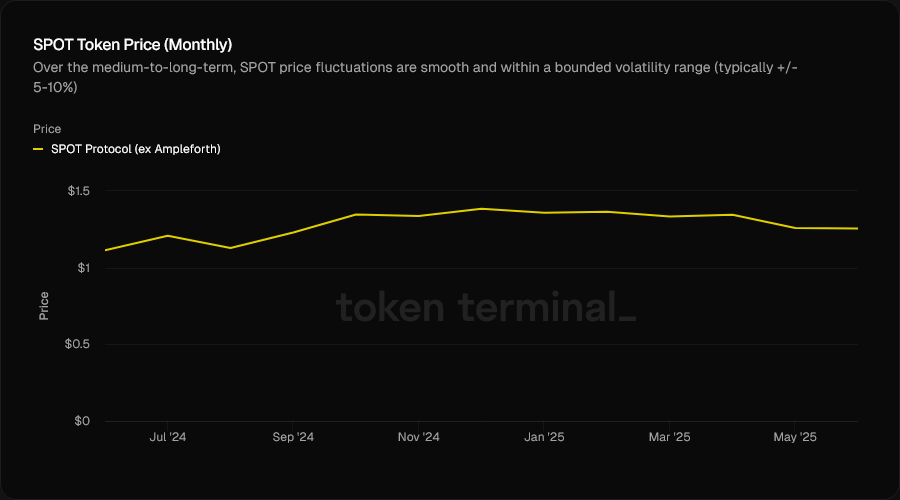
The LVA strategy aims to limit downside risk not only in normal volatility, but also against extreme events (inflation spikes, stablecoin failures, or crypto crashes). The treasury remains mostly on-chain and decentralized, yet with protections in place to avoid the worst outcomes of either extreme.
A New Era of Treasury Management with LVAs
LVAs redefine what “prudent management” can look like on-chain. They allow DAOs to escape the old barbell trap of unstable vs. unproductive assets. Instead, treasuries can hold a balanced, resilient portfolio that is inflation-proof, yield-bearing, and built for the long haul.
By improving risk-adjusted returns and reducing downside risk, LVAs like SPOT offer a compelling path to preserve and grow treasury value.


